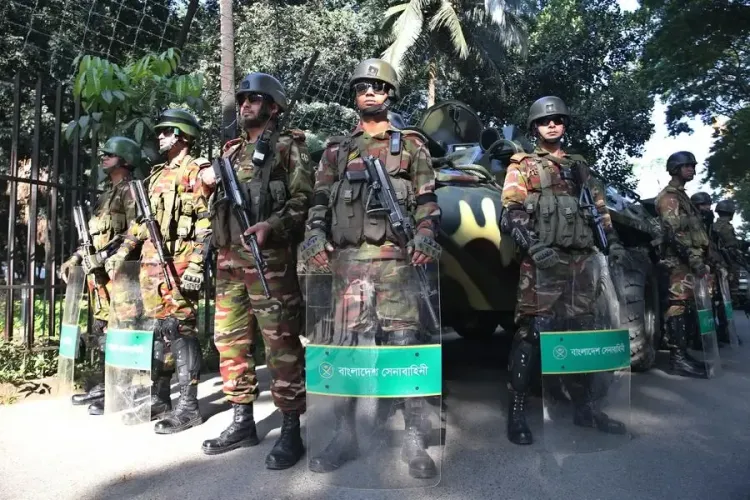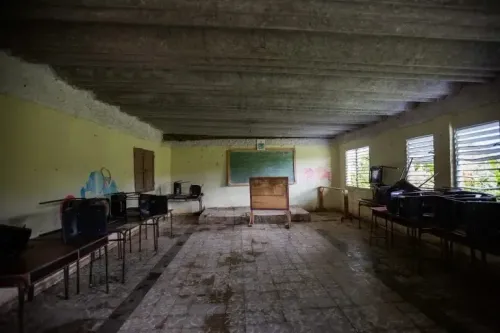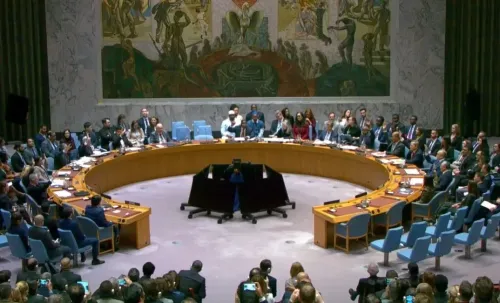What Caused Protests and Arson in Bangladesh After Hasina's Verdict?

Synopsis
Key Takeaways
- Sheikh Hasina faces a death sentence, leading to widespread unrest.
- Protests have erupted in multiple districts across Bangladesh.
- A significant number of injuries reported during clashes.
- The former President's residence was vandalized amid the chaos.
- The political landscape may shift dramatically in the aftermath.
Dhaka, Nov 18 (NationPress) In the wake of the death penalty handed down to former Prime Minister Sheikh Hasina, Bangladesh was engulfed in protests and violence overnight, with numerous vehicles set ablaze across five districts. The International Crimes Tribunal (ICT) convicted Hasina on charges of crimes against humanity linked to protests from July of the previous year.
Alongside Hasina, her two senior aides, Asaduzzaman Khan Kamal, a former Home Minister, and Chowdhury Abdullah Al-Mamun, the former Inspector General of Police, were also found guilty. While Mamun received a pardon, the court indicated that he would face a lenient sentence due to the gravity of the offenses.
The repercussions of the ruling were most pronounced in Dhanmondi 32, Dhaka, where the area resembled a war zone on Monday evening. Reports from the Dhaka Tribune indicate that over 50 individuals, including law enforcement personnel, sustained injuries during the unrest.
This location is notable as it houses the residence of Sheikh Mujibur Rahman, the father of Bangladesh's independence and Hasina's parent.
Protesters obstructed major highways and engaged in confrontations with security forces, who were deployed in the capital and various regions of the country. Authorities resorted to using batons, sound grenades, and tear gas to disperse the crowds.
In the past week, Bangladesh has seen over 50 incidents of arson and crude bomb attacks, resulting in at least three fatalities, according to The Daily Star.
Moreover, the residence of former President Abdul Hamid in Kishoreganj was vandalized late Monday night. Following Hasina's sentencing, celebrations erupted in the area, but a group of 20-30 men soon attacked Hamid's home, as reported by Prothom Alo.
The situation remains dire in Bangladesh after the verdict against the democratically elected Prime Minister, Sheikh Hasina.









